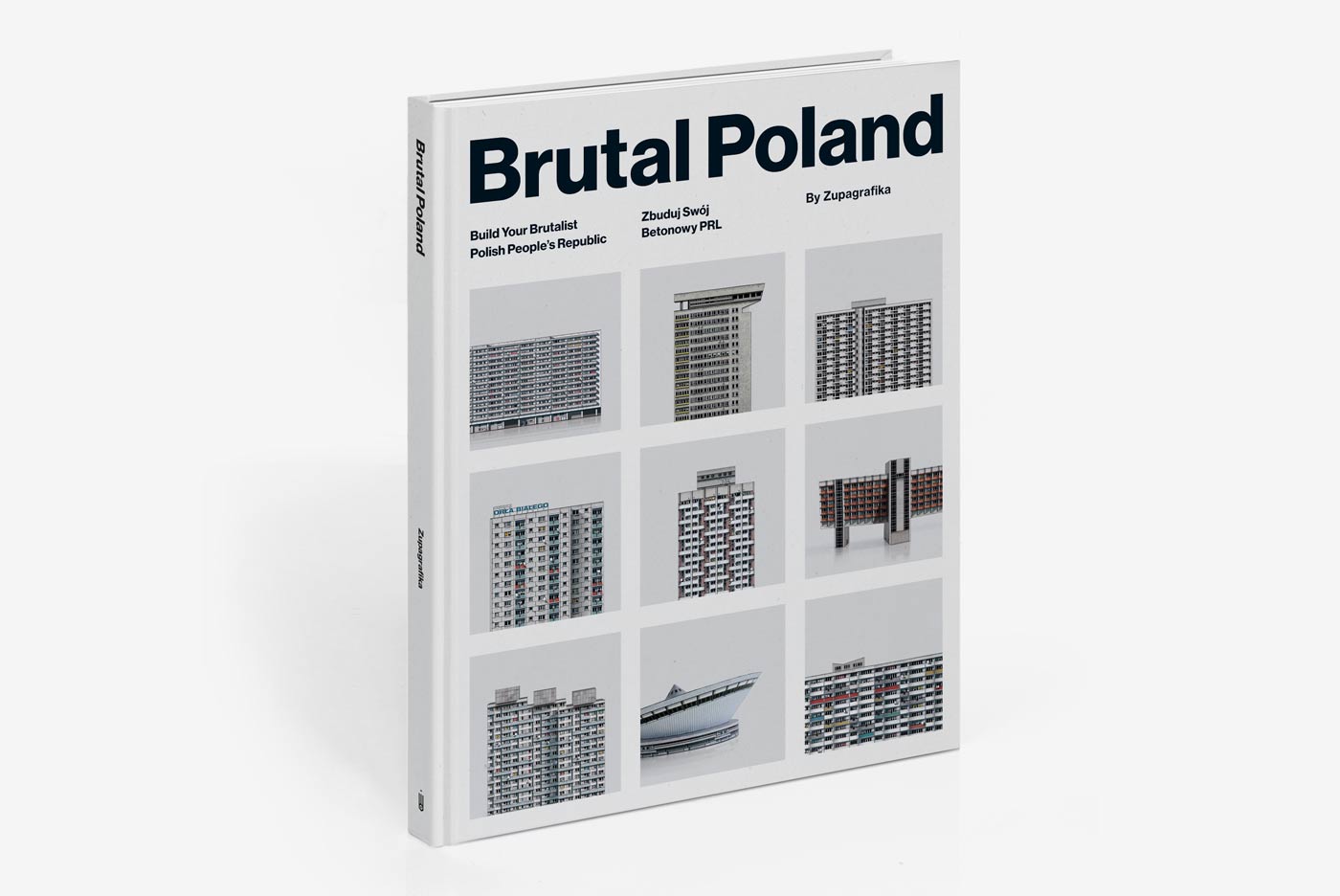With the latest book of Polish design studio Zupagrafika we can surround ourselves with the most fascinating brutalist buildings of the former Polish People’s Republic.
The appreciation of the merits of brutalist architecture truly began in the past decade—the trend keeps getting more and more attention, even though it doesn’t even have a clear definition. The topic is not only interesting for architectural historians: due to the troubled fate of brutalist buildings, citizens also enter the discourse while the creative community starts to take an interest in the trend due to its visual values. This is exactly what Zupagrafika did, too, who have been focusing on modern, late modern and brutalist architecture for a long time now and are placing a great emphasis on the values of the Eastern Bloc. Now the Polish design studio unveiled yet another fascinating volume—after Siberia, this time focusing on the brutalist marvels of Poland.
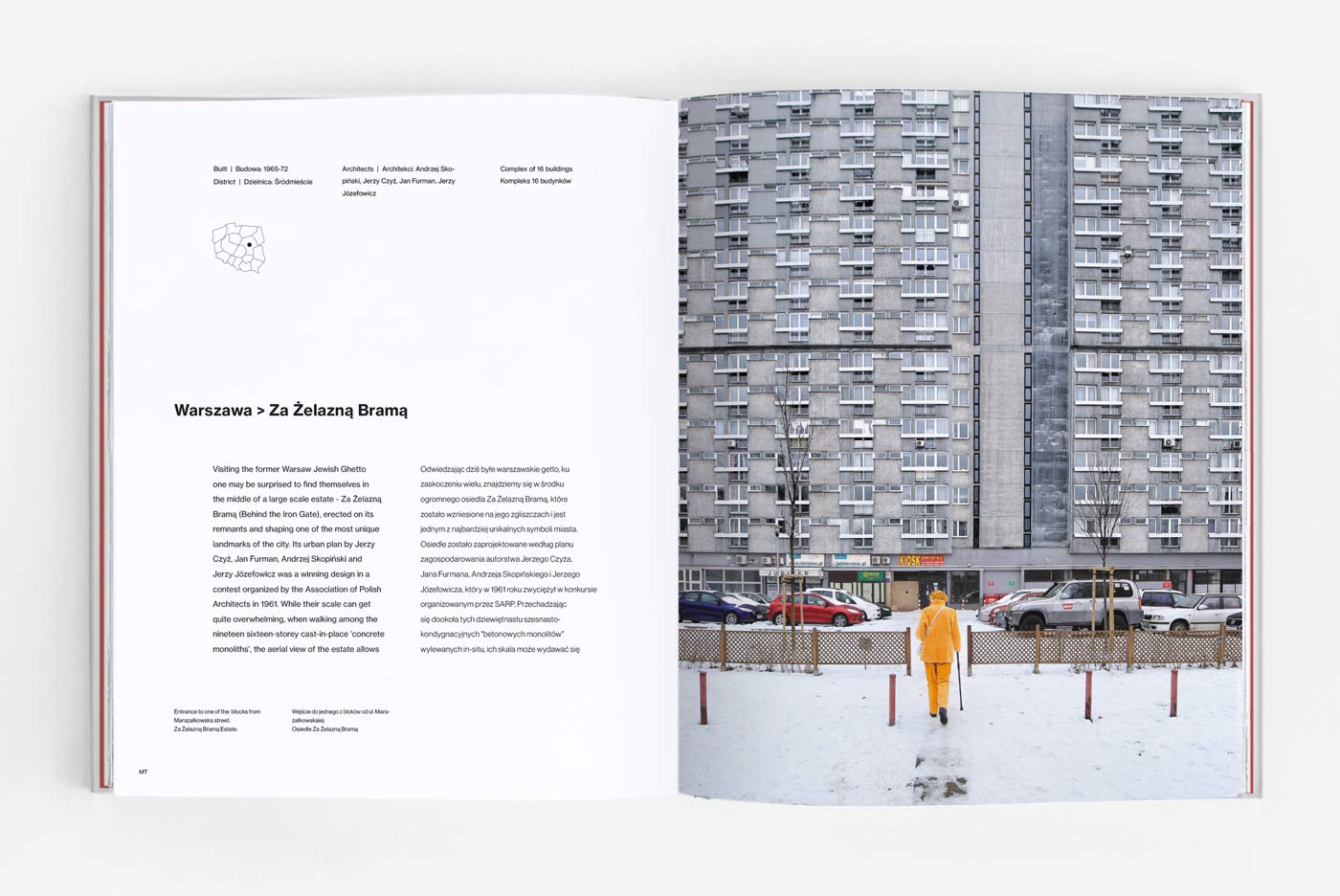
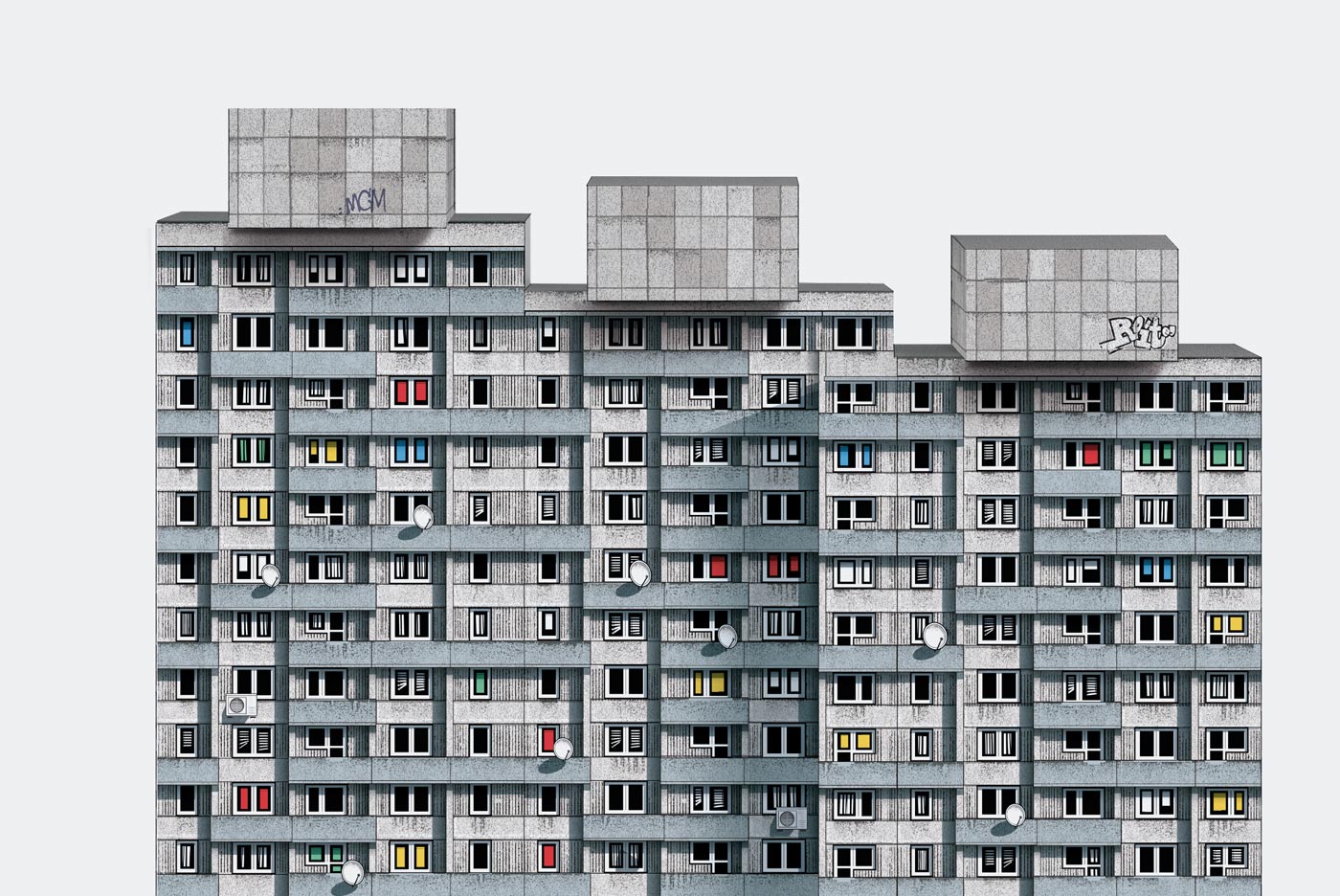
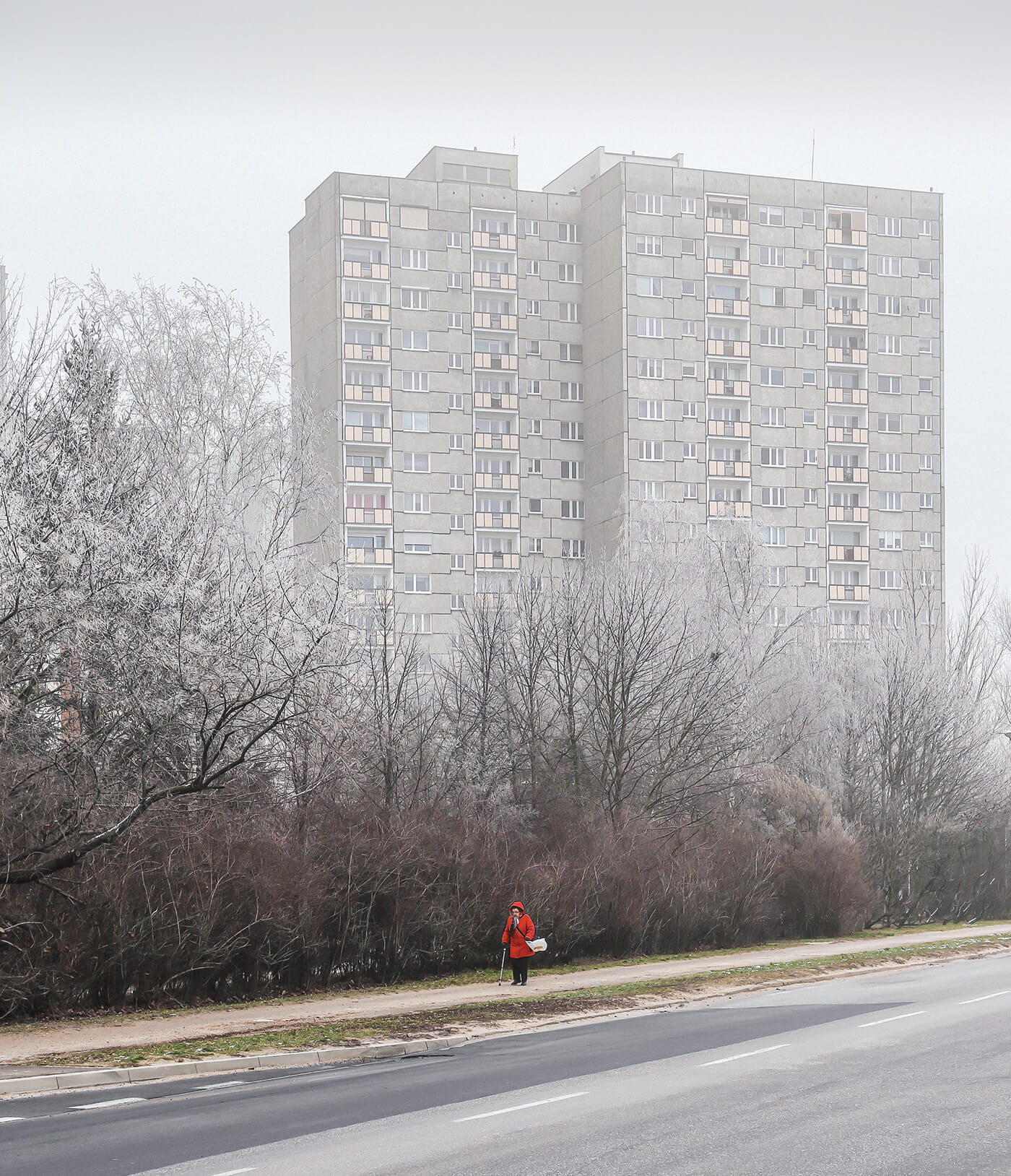
In the first chapters of the title Brutal Poland, we can read about Polish buildings made of concrete that are considered the built heritage of the socialist era and the Eastern examples of brutalism, which reshaped the cityscape after WWII all across the country. Out of residential buildings, Za Żelazną Bramą and Smolna 8 in Warsaw, „Manhattan” in Łódź, Os. Orła Białego in Poznań, Falowiec in Gdańsk known for its undulating blocks, Os. Plac Grunwaldzki in Wrocław and Superjednostka in Katowice made it into the volume. Public buildings such as Spodek (bottom in Polish) in Katowice, named after its characteristic UFO shape, or Hotel Forum in Kraków, the architects of which even made sure the building adjusted to the changing angle of sunrays as much as it was possible in line with the functionalist approach of modern architecture and thus they designed offset levels. The descriptions are accompanied by the gripping photographs of David Navarro and Martyna Sobecka, while the foreword of the book was written by acknowledged architectural historian Anny Cymer.
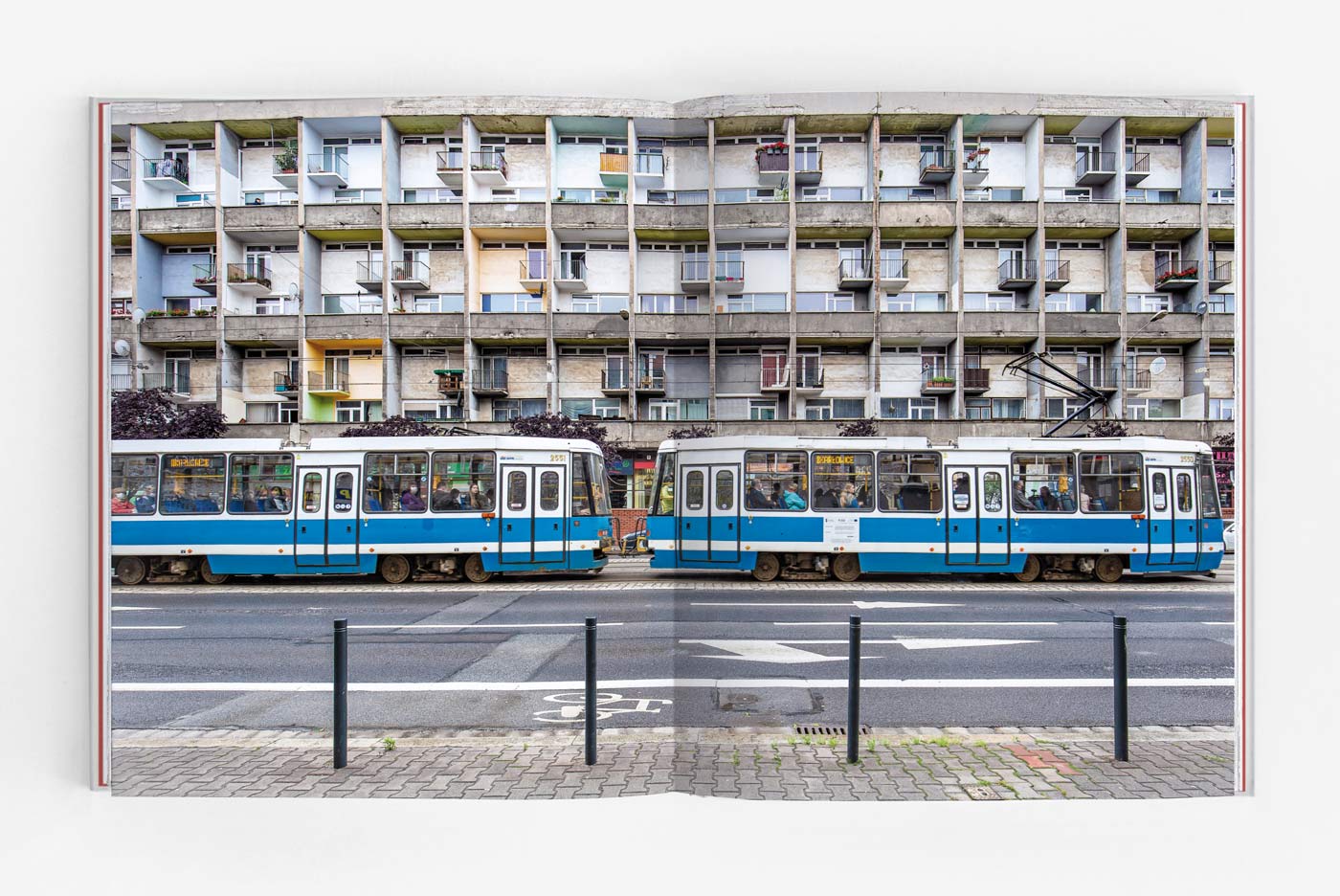
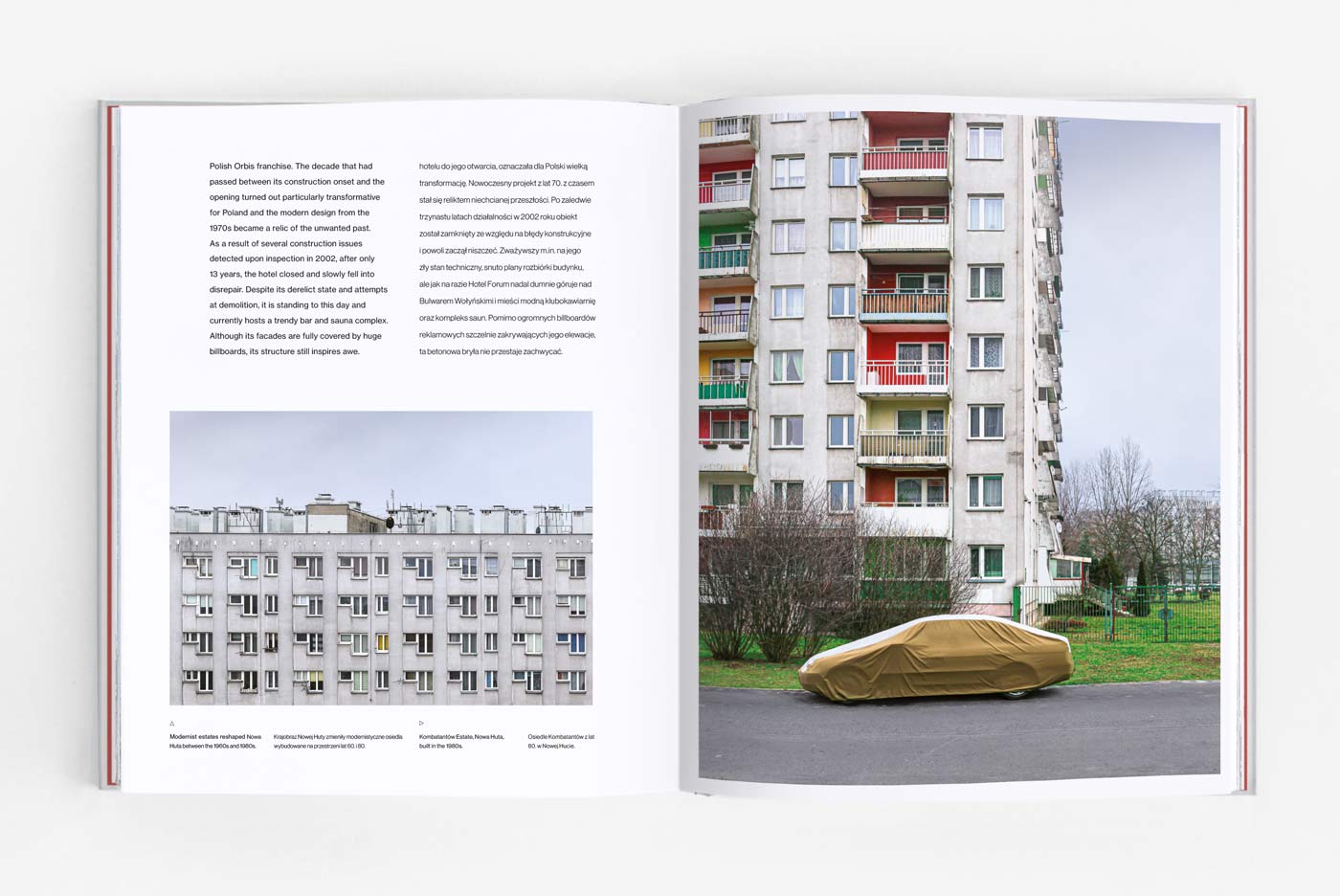
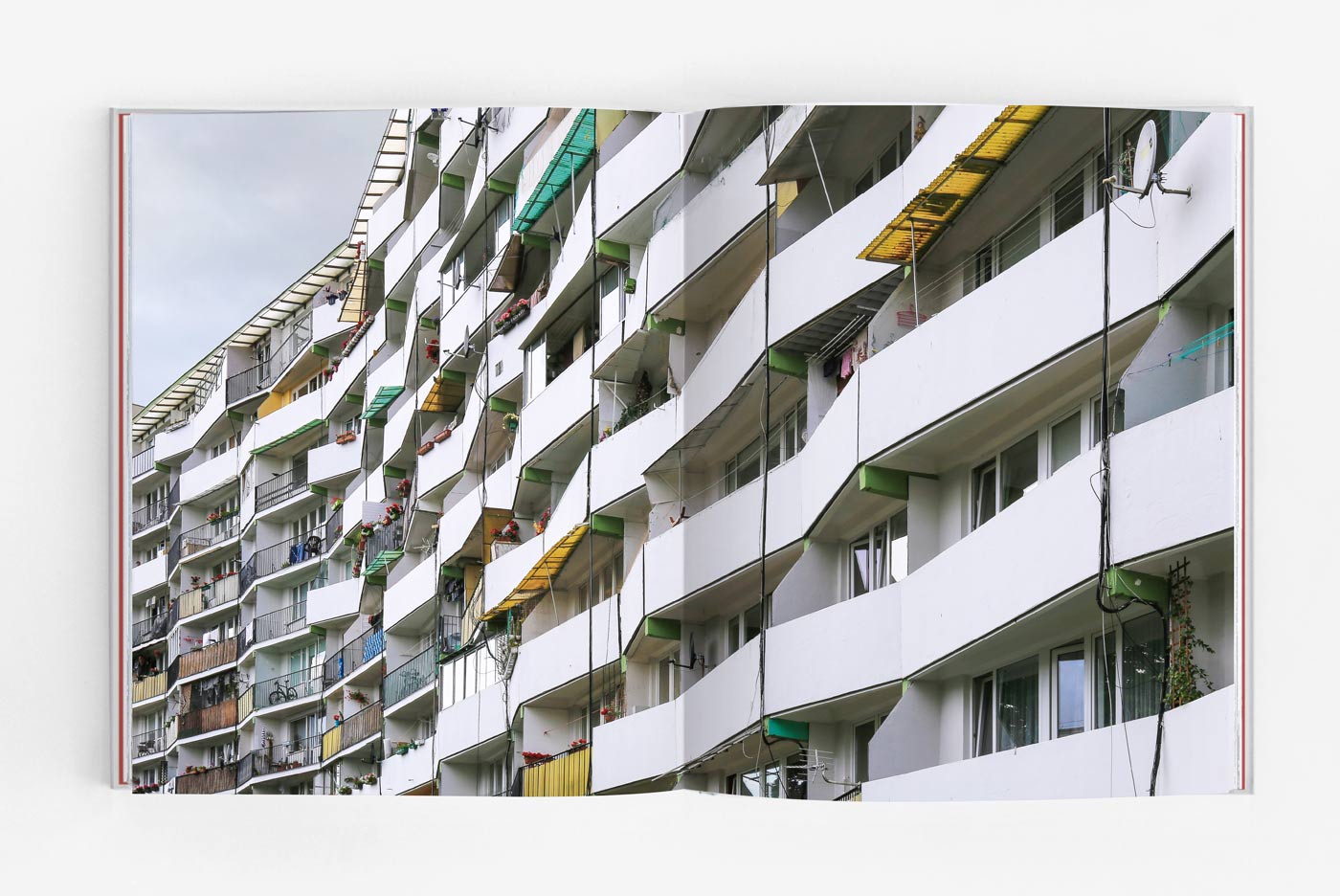
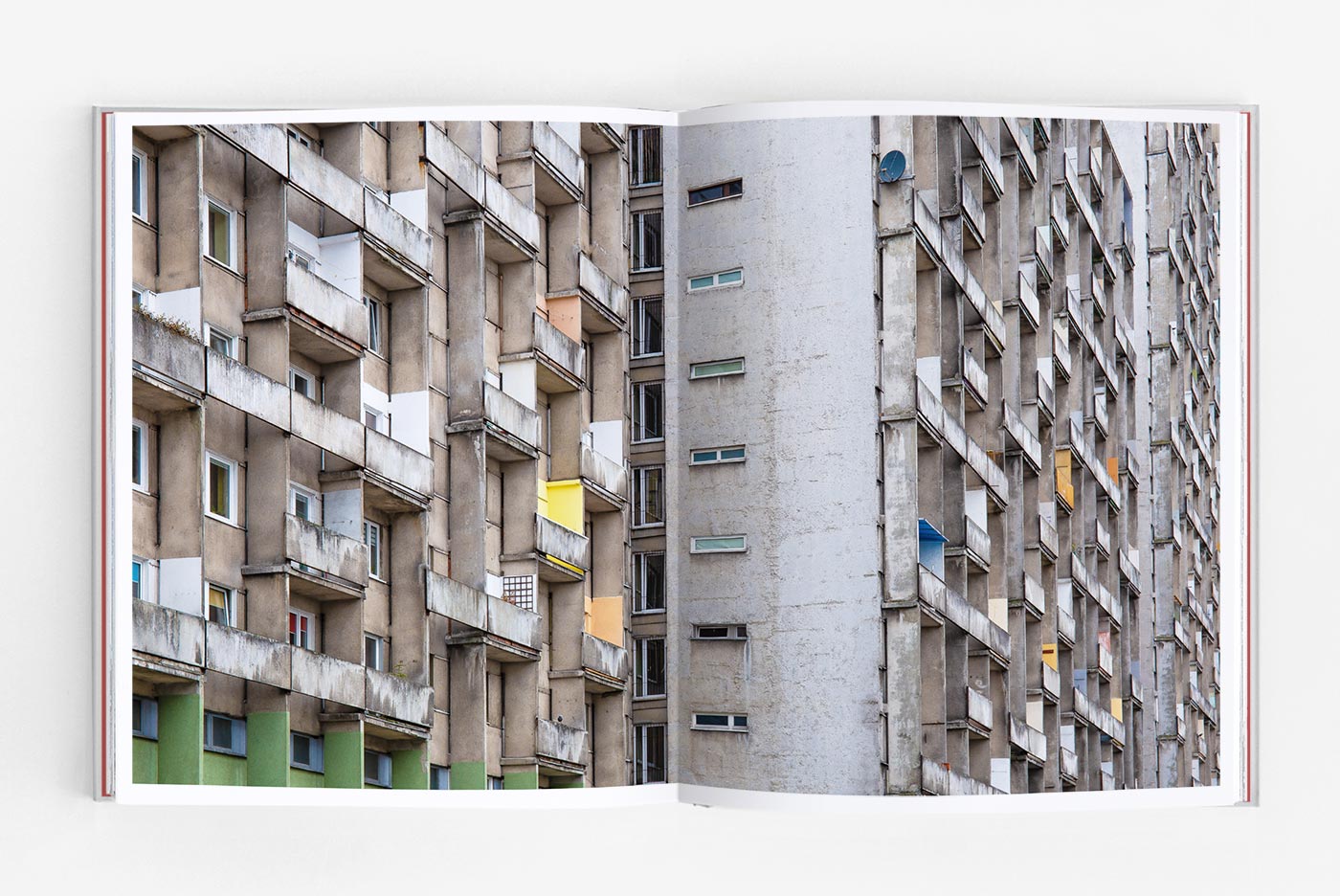
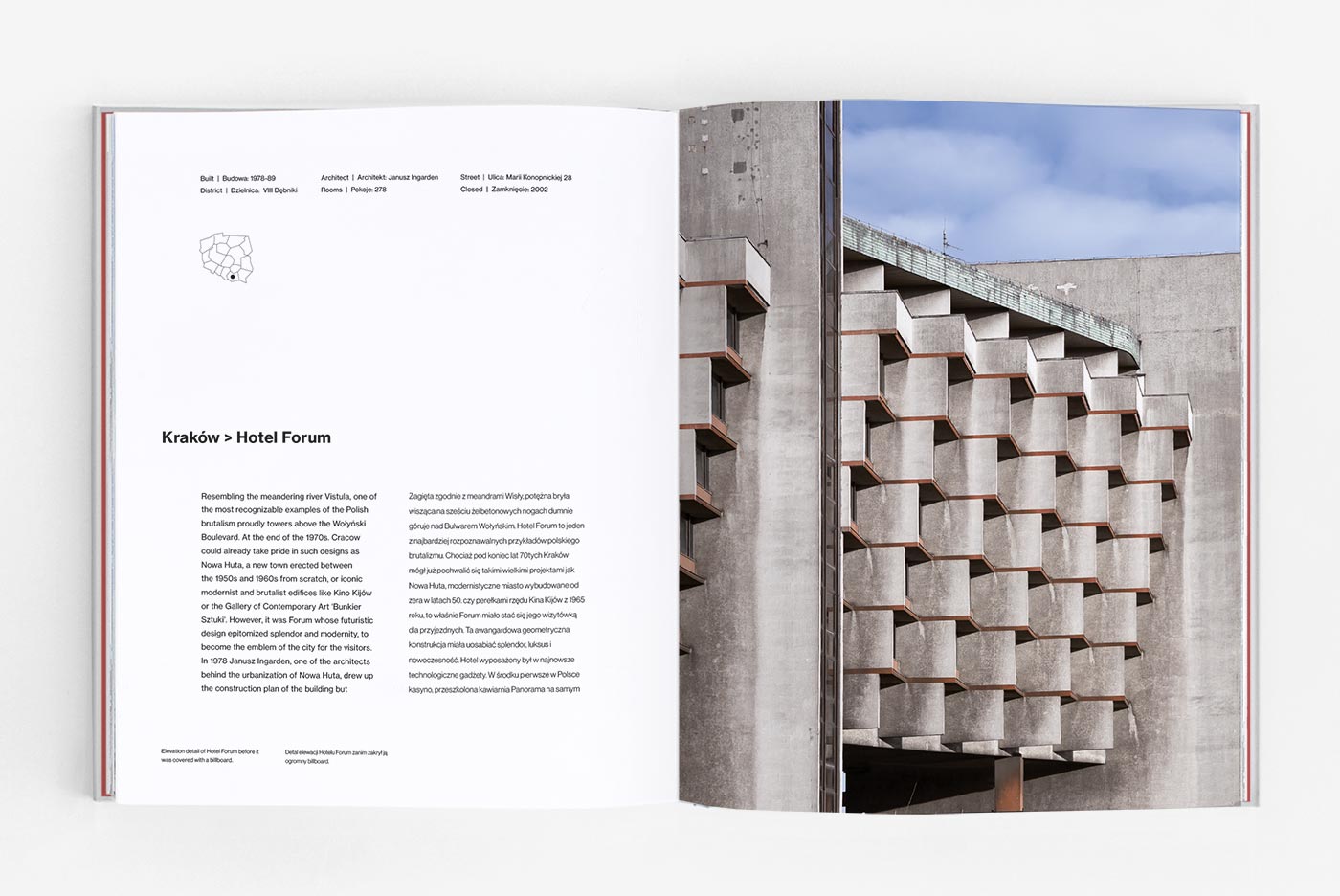
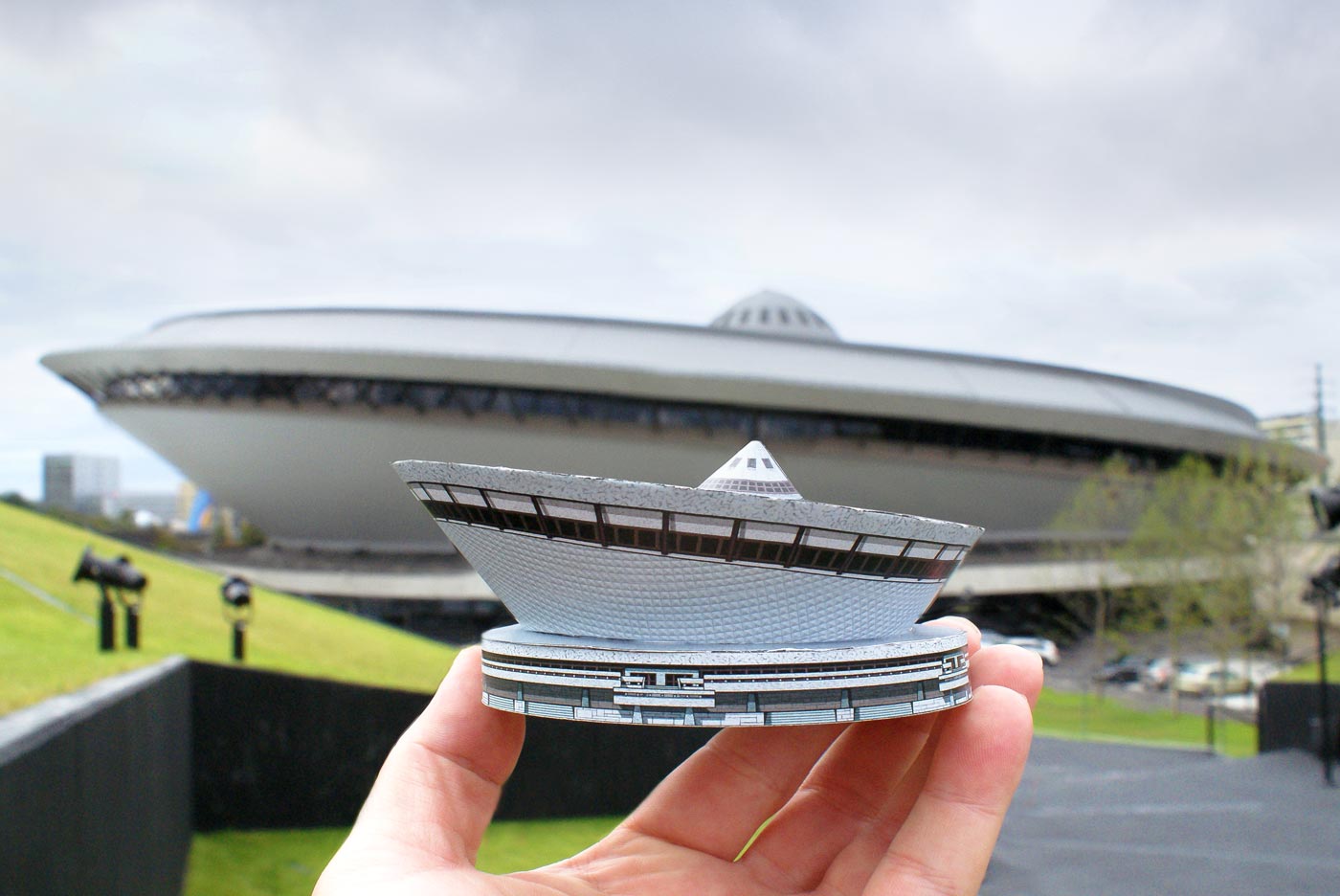
In the second part of the book we get to meet the miniature cardboard models of the impressive buildings, allowing us to fold and glue them together by pressing them out of the pages of the book. Zupagrafika already used this imaginative technique previously in their publication titled “Brutal Britain” evoking the brutalist buildings of England with their miniature models.
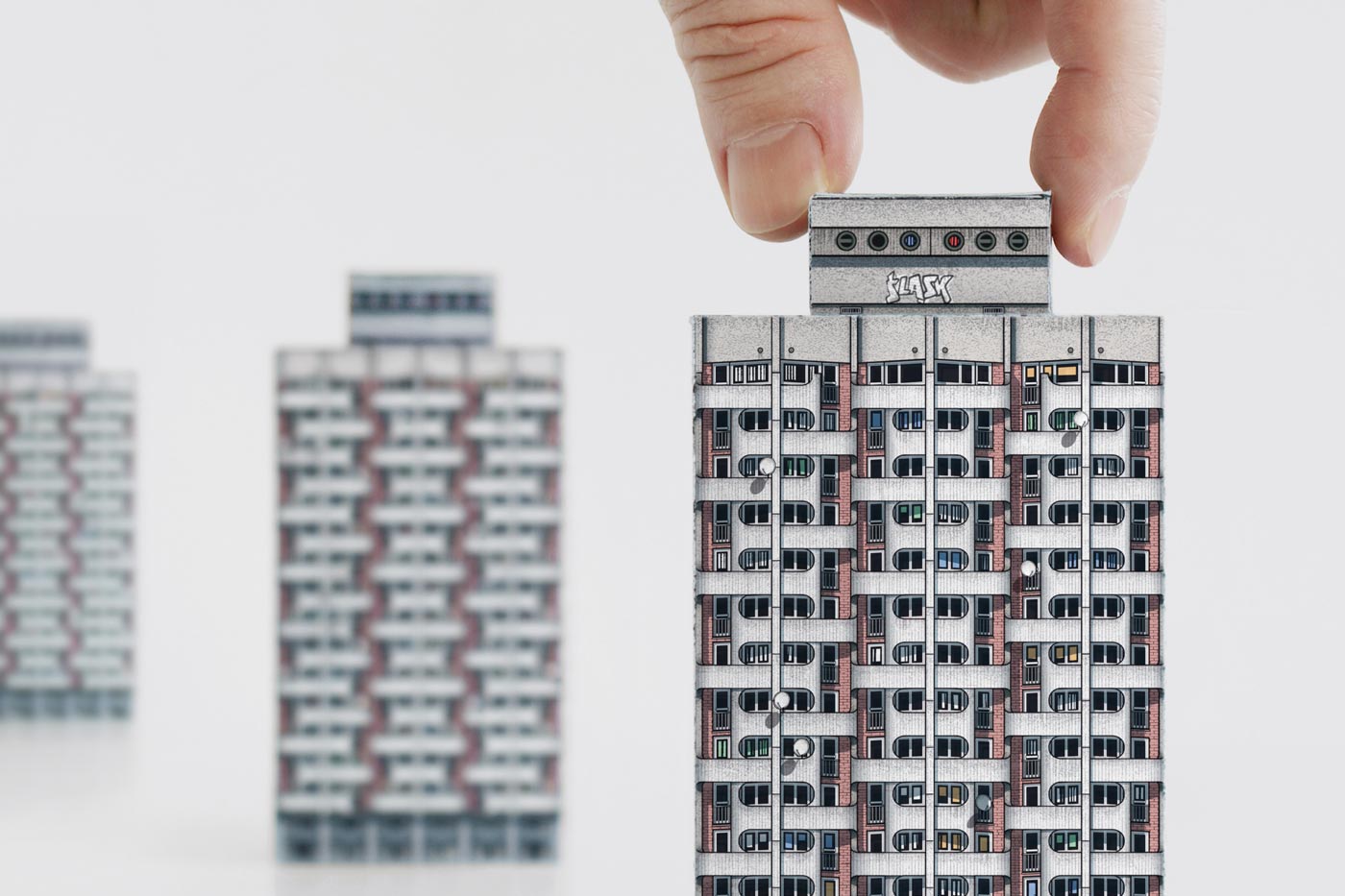

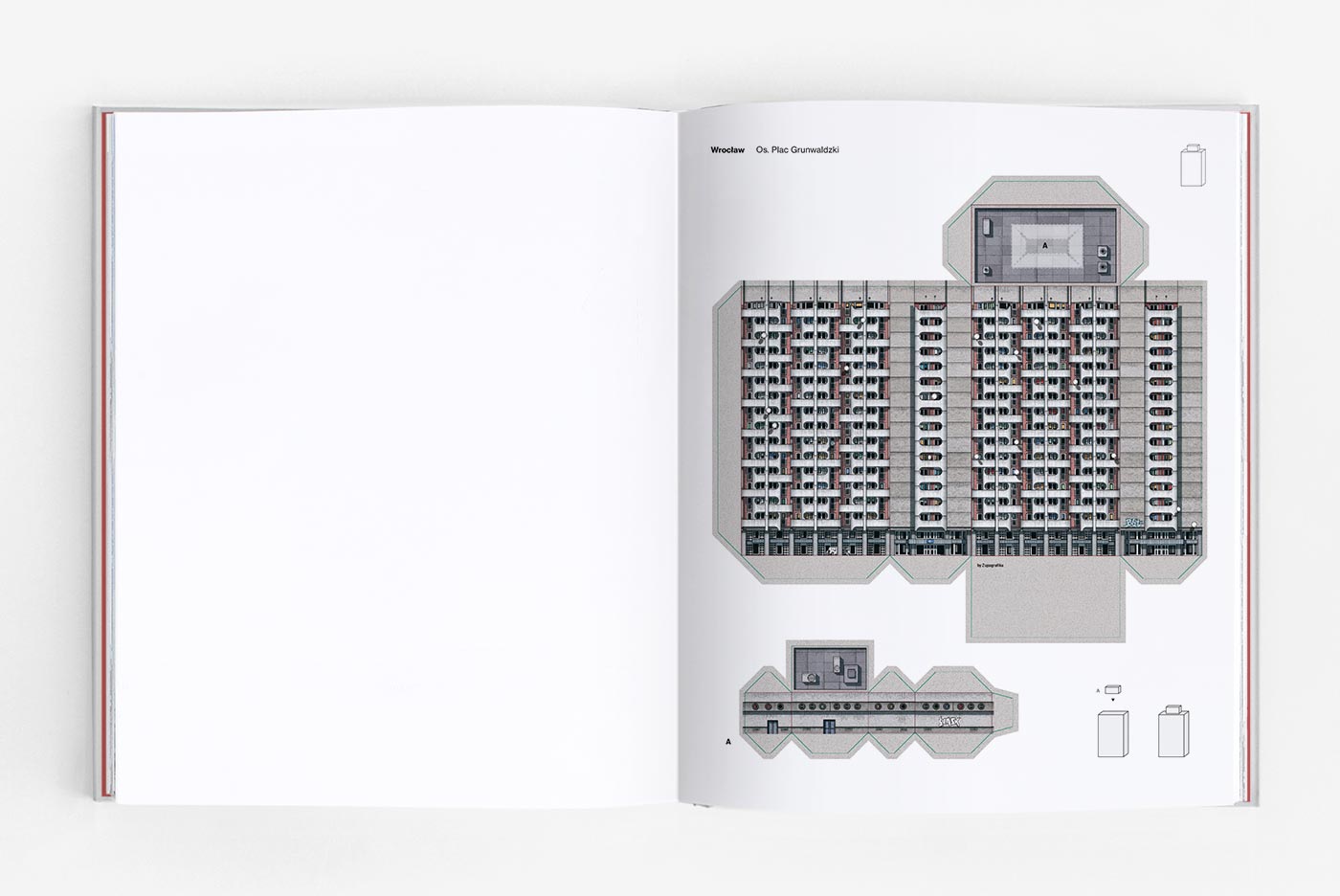
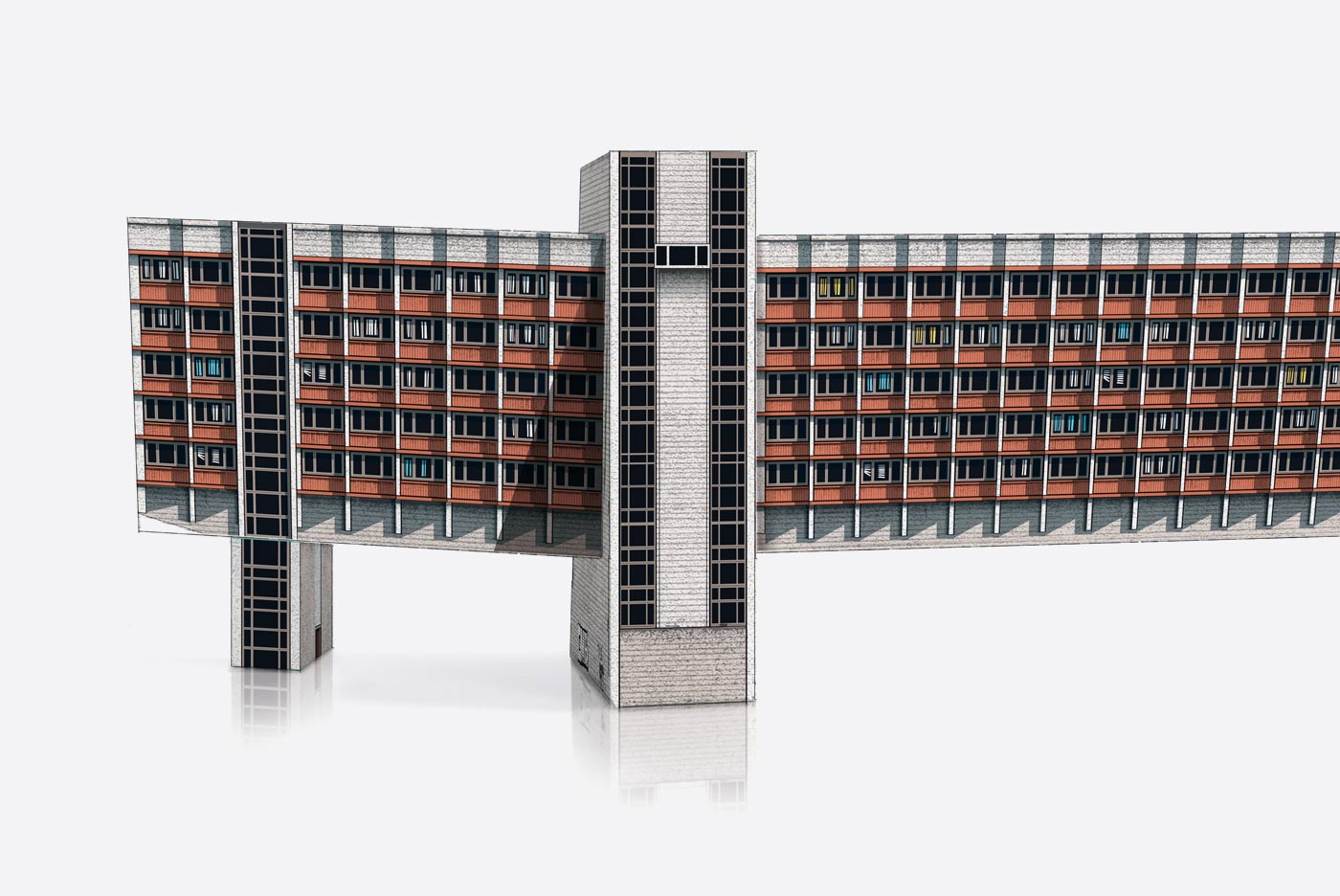

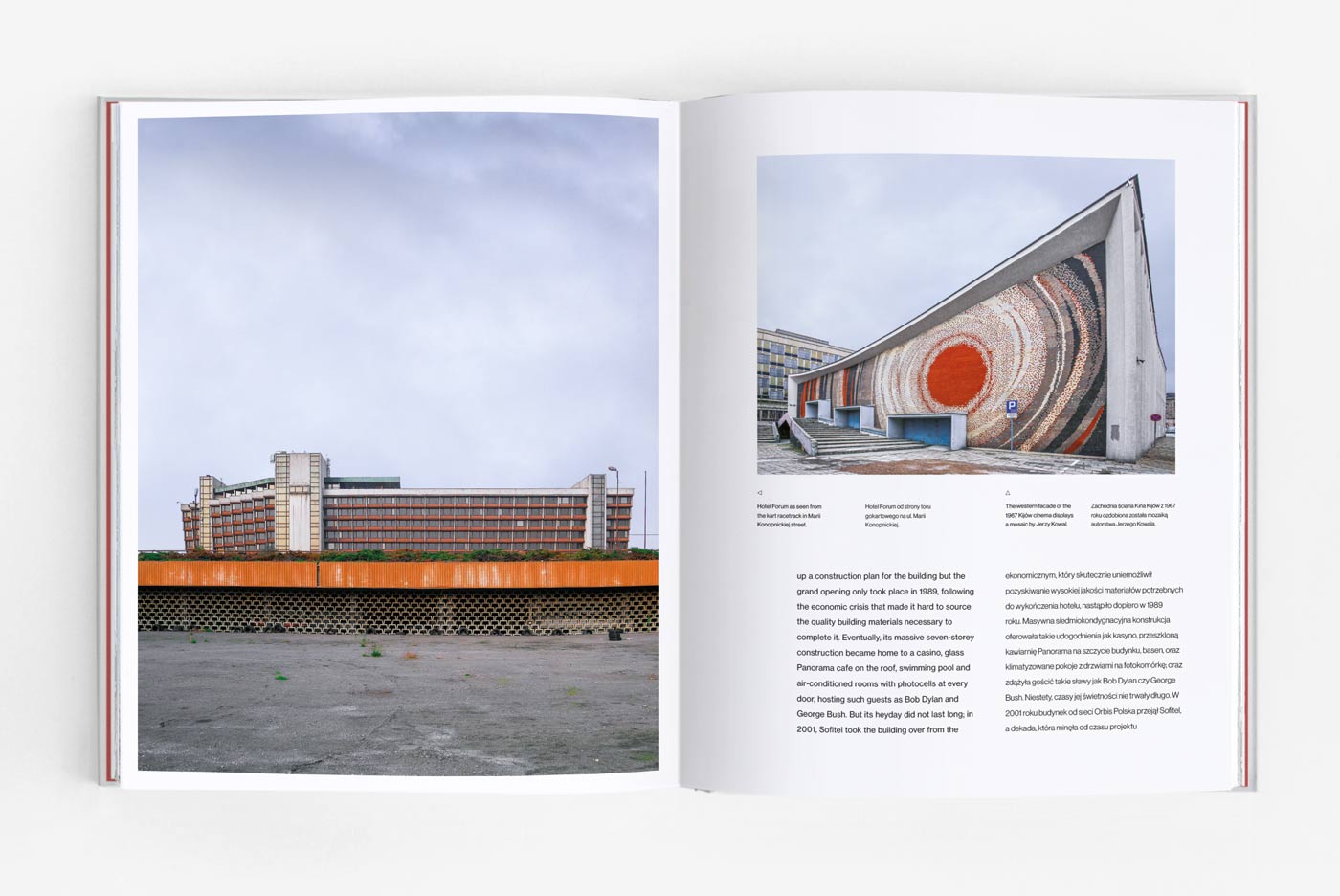
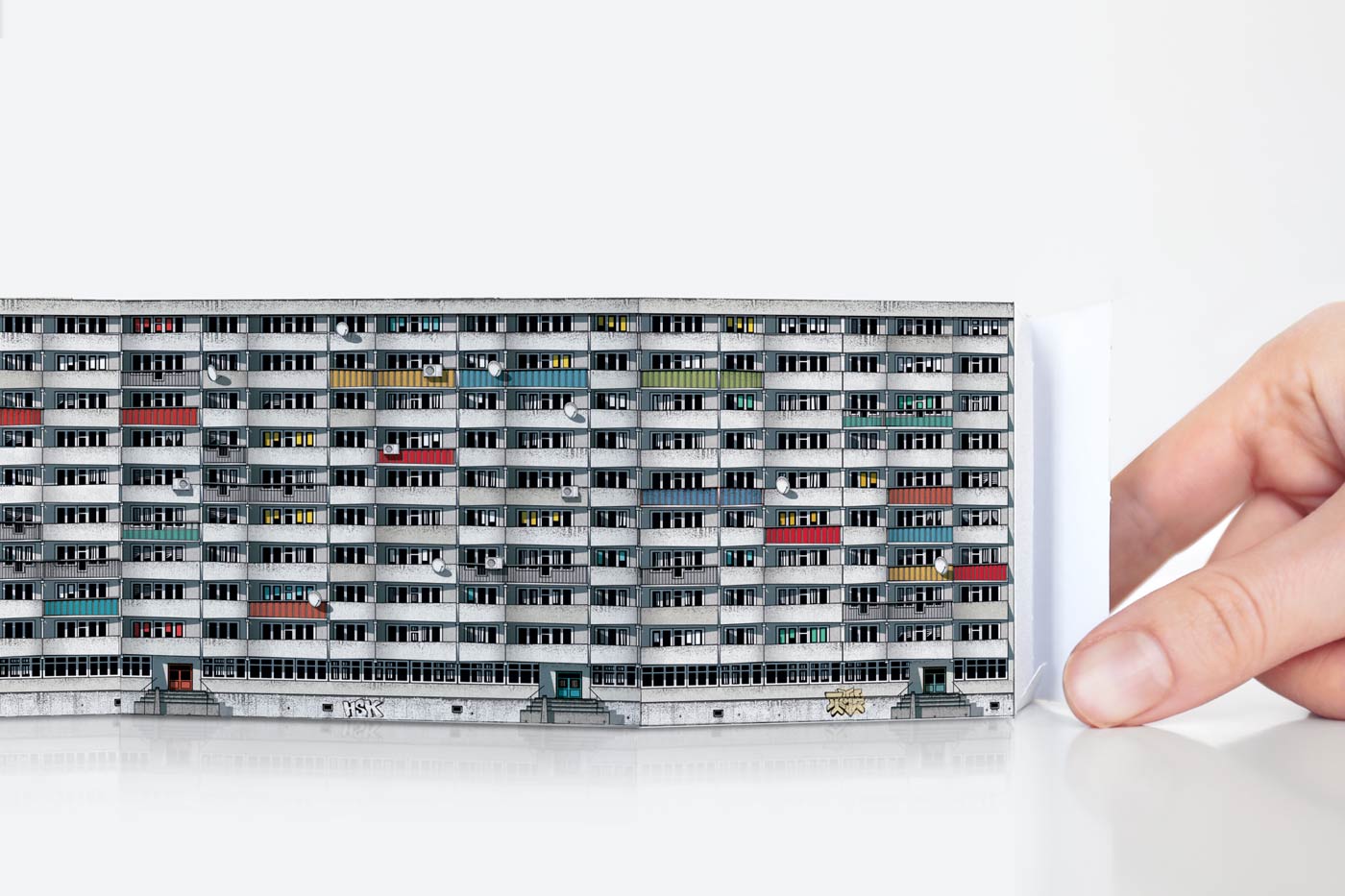

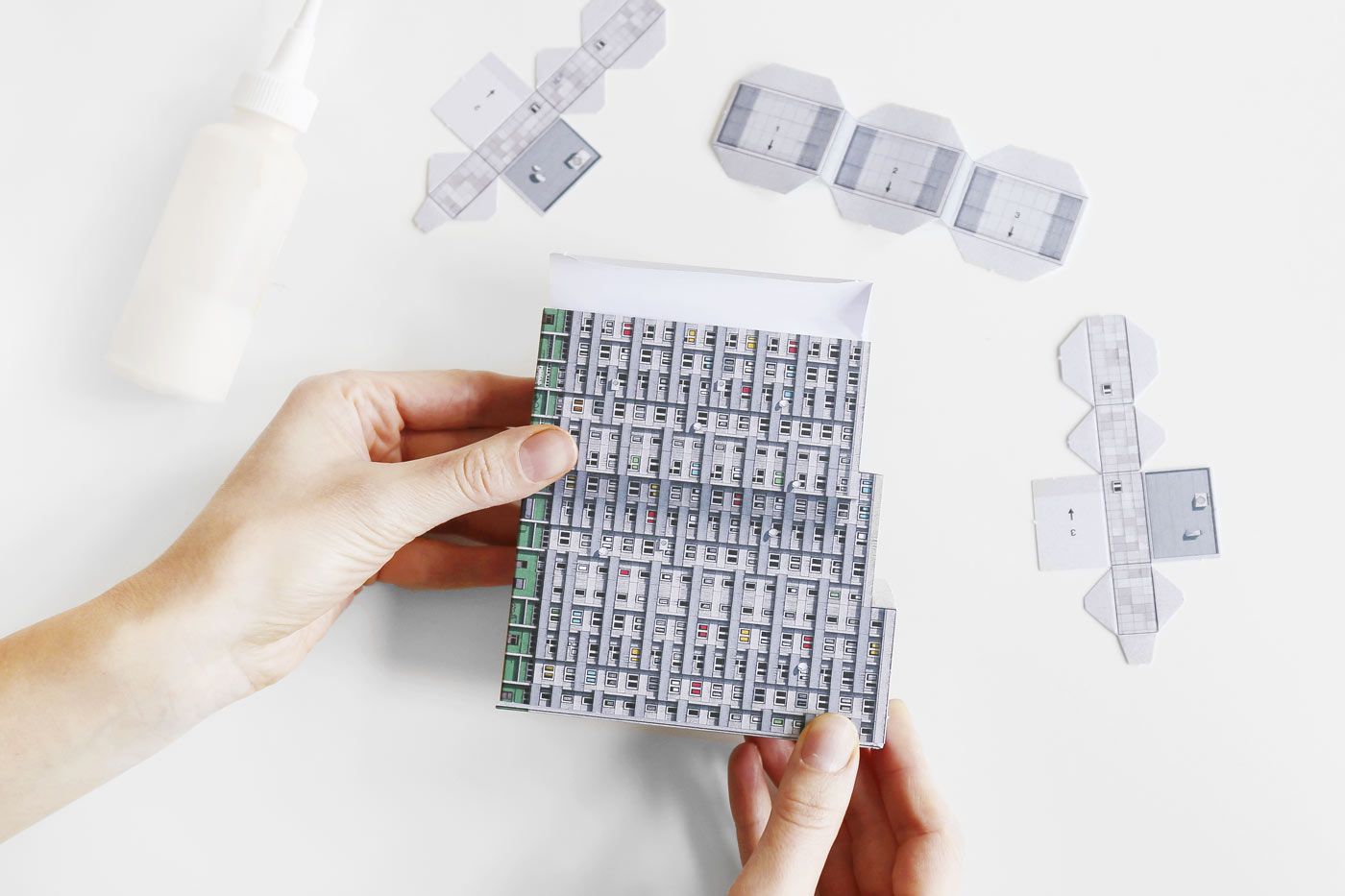
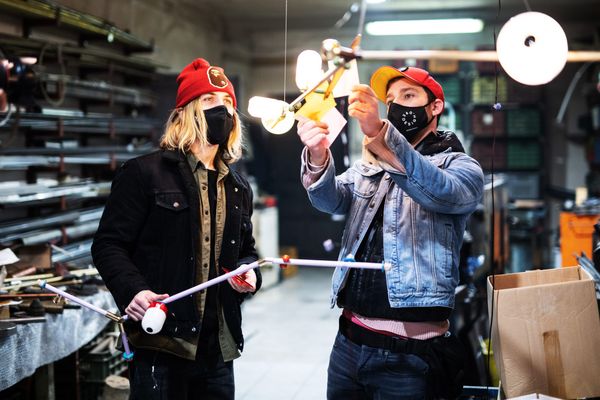
Seven new product development projects funded by the first design LAB incubation program
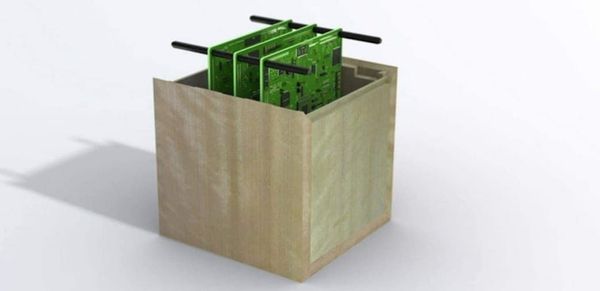
Japanese satellite made of wood










